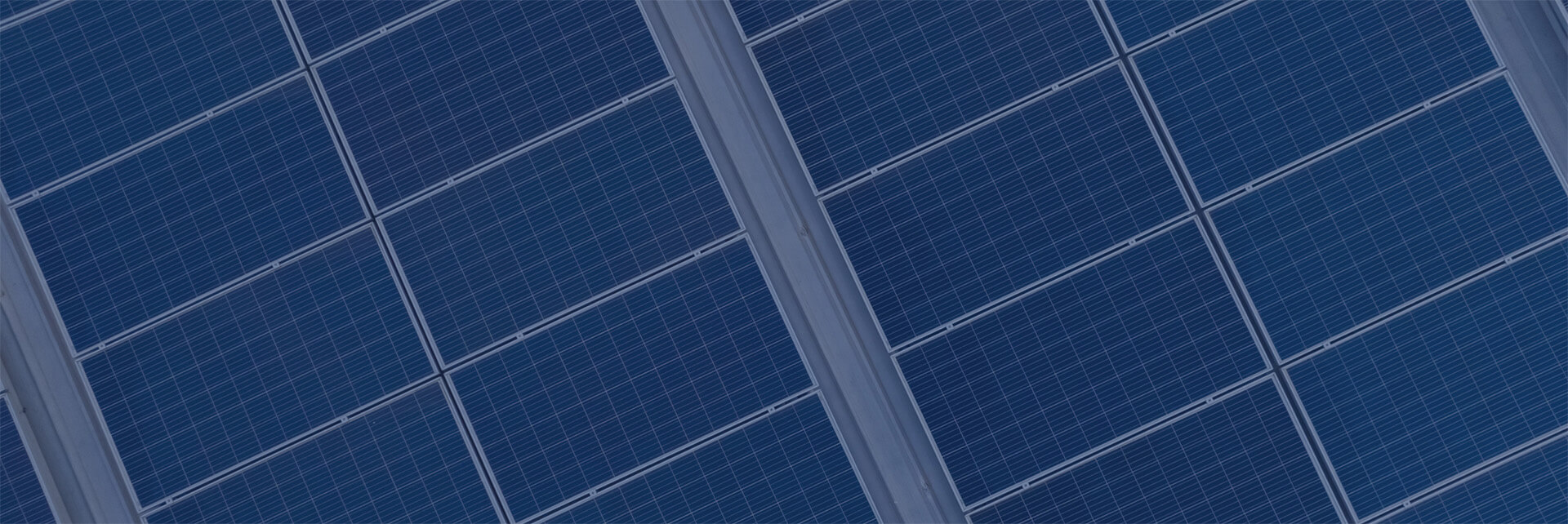There are many reasons a battery bank that once performed well could no longer be meeting your needs. This is a short summary.
Age – As batteries age their capacity degrades. For a battery to lose 40% of its rated capacity over a full and healthy lifetime is not an unreasonable expectation.
Load Growth – Has your load grown? Are you demanding more of your batteries than before? This is a common occurrence.
Insufficient charging – This the single biggest cause of system problems and battery under-performance. In the short term insufficient charging will result in depleted batteries. In the long term it’ll lead to chronic sulphation. Insufficient charging is a design flaw that affects many solar energy systems.
Sulphation – This is a a common occurrence with lead acid batteries and relates to the battery’s internal chemistry. The solution to sulphation is proper charging on a regular basis. Minor sulphation of flooded lead acid (FLA) banks can be corrected using equalization charging and most FLA banks should undergo routine equalization 2 – 4 times/year.
Premature battery failure – While not common, batteries do fail. A bank that is fairly new with one failing battery may have a failed cell inside. Diagnosis of a FLA bank would be via specific gravity measurement; a sealed bank would need an infrared investigation to confirm. Older banks with failing batteries are probably nearing their end of life.
Extreme discharge events – Has your bank gone ‘dead’? Many times? Extreme discharge damages lead acid batteries, shortens their lifespan, and leads to premature battery or cell failures.
Incorrect charging parameters – This is a common cause of insufficient charging. Older banks also need adjustment to battery charging parameters.
Chronic problems and combination problems – A minor problem left unresolved will grow over time, create other problems, and become entrenched. The original problem becomes difficult or impossible to diagnose and the result difficult or impossible to fix. That said, the most common cause is insufficient charging, the most common result is chronic and profound sulphation, and the most common symptom is reduced battery capacity.
